Video of the Week:
Harvesting and Storing Onions
Upcoming Events:
Tuesday, July 21, 2015
For more information, go to: http://www.hfrr.ksu.edu/doc4321.ashx
K-State Research & Extension Center
Horticulture Field Day
See what grows best in KC!
Saturday, July 25
8:00 a.m. - 2:00 p.m.
35230 West 135th St., Olathe
Tickets: $5.00 each (purchase at gate)
* Annual Flowers
* Cool Classes
* “Walk and Talk” with K-State experts
* Vegetable Trials
Kansas Turf & Ornamentals Field Day
Thursday, August 6, 2015
For more information, go to: Turf Field Day
Fruit:
When to Pick Blackberries
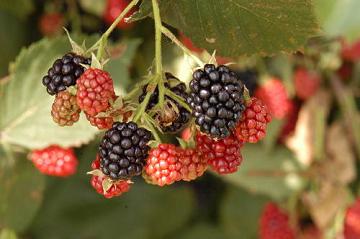
Blackberries usually develop a dull, black color with plump, juicy fruitlets as they ripen. The berries soften and produce the characteristic flavor. Full color often develops before the berries separate easily. Pick the berries by gently lifting with the thumb and fingers. The receptacle, or center part of the fruit, remains in the fruit when blackberries are harvested, unlike raspberries, which leave the receptacle on the bush. Take care not to crush the berries or expose them to the hot sun. When possible, avoid picking berries when they are wet. They'll probably need picking every second or third day. Cool the berries immediately after harvest to extend shelf life. Keep them refrigerated under high relative humidity and use within three to five days. (Ward Upham)
Brown Rot of Stone Fruit
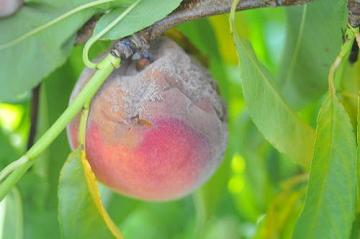
Use Captan or myclobutanil (Immunox) for control. Many fruit tree sprays contain Captan but check the label to be certain. Apply Captan or Immunox every 7 to 14 days. Both products can be applied up to the day of harvest.
Note that though Immunox is labeled for fruit but Immunox Plus is not. (Ward Upham)
Turf:
Brown Patch on Fescue
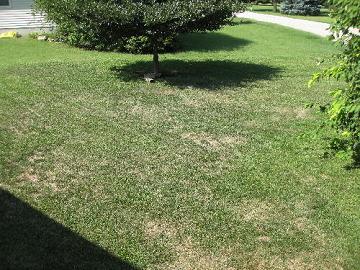
There is no way to eliminate brown patch from a lawn. It will persist indefinitely in the soil. Therefore, the disease is not carried from one lawn to another. In almost all cases, the limiting factor for brown patch development is the weather, not the amount of fungal inoculum.
Although you can’t eliminate the fungus, cultural practices – especially irrigation – can help control it. Don't water in the evening; instead, water early in the morning. This will help decrease the number of hours the leaf tissue remains wet and susceptible to infection. The frequency of irrigation is not as important as the time of day you do it. Don't overfertilize and certainly don't fertilize when brown patch is active. Also, don't get your seeding or overseeding rates too high.
Fungicides can be effective in preventing brown patch, but the two most commonly used products (Heritage and ProStar) are expensive and not available in small quantities to the general public. Homeowners do have access to some effective products including triadimefon (Green Light Fung-Away), propiconazole (Bayer Fungus Control for Lawns, Fertilome Liquid Systemic Fungicide II) and myclobutanil (Immunox). Of the three, triadimefon may be the fungicide of choice because it protects the turf longer (3 to 5 weeks rather than 2 weeks). But my suggestion is not to use fungicides unless you want to maintain a blemish-free yard and are willing to pay for it. In those cases, you would need to be on a preventative spray program, which is very expensive, rather than waiting for symptoms and applying as a curative. These products do not cure an infection already present but are only effective as a preventative. Applications should begin in mid-June and continue through August. Remember that more often than not the turf will recover from brown patch. (Ward Upham)
Vegetables:
Harvesting Potatoes
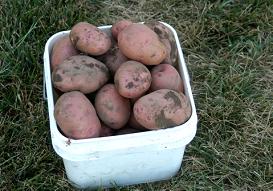
Pulling Onions
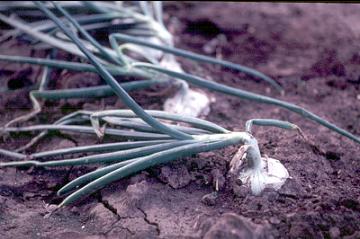
After tops are completely dry, store in a cool, dry location. Large-necked onions take more time to dry than small-necked onions such as Bermuda types. Avoid storage in plastic bags because the lack of air circulation will shorten storage life. Use an open, mesh bag instead. (Ward Upham)
Raccoons and Sweet Corn
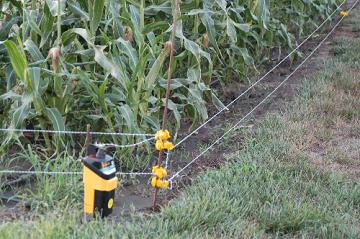
– Two or more wires must be used. Place the first about 5 inches above the ground and the second 4 inches above the first (or 9 inches above ground). Raccoons must not be able to crawl under, go between or go over the wires without being shocked.
– Fence posts used for electric fences work well for this application (go figure), as do the insulators used to support the electric wire.
– It is much easier to use the woven electric wire with strands of wire embedded than to use a solid metal wire. The woven wire is easier to bend around corners and to roll up when done for the year.
– Though both the plug-in and battery operated fencers work, the battery operated types allow more versatility in where corn is grown. One set of batteries is usually sufficient for the season. In my case, I pull the battery out of an old tractor that is not used often. It will also last the season if fully charged at the beginning. My fencer is probably on for a total of a month.
– Start the charger before the corn is close to being ripe. Once raccoons get a taste of the corn, they are more difficult to discourage.
– Control weeds near the wire. Weeds can intercept the voltage if they touch a wire and allow raccoons entry beyond the weed.
– Check the wire occasionally to make sure you have current. This can be done easily (but unpleasantly) by touching the wire. There are also tools that will measure the voltage available for sale. They are worth the money. (Ward Upham)
Sweet Corn Earworm
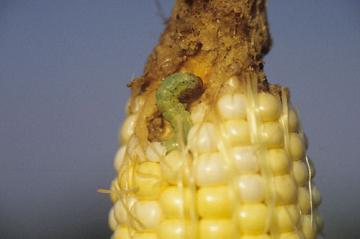
There is a three-week period from silking to harvest, but there is only a two-week period from when the silks appear to when they begin to dry. Since moths prefer juicy silks and shun those that have started to dry, insecticides are only needed the first two weeks of silking.
Homeowners can use cyfluthrin (Baythroid; Bayer Powerforce Multi-Insect Killer) or spinosad (SpinTor; Captain Jack's Dead Bug Brew; Conserve; Borer, Bagworm, Tent Caterpillar & Leafminer Spray). Spinosad is an organic product. Commercial growers have additional choices including zeta-cypermethrin (Mustang Max), bifenthrin+zeta-cypermethrin (Hero), spinetoram (Radiant) and flubendiamide (Belt).
Though more time consuming, mineral or other light horticultural oils may also be used. The oil is placed inside the silk end of the ear with a medicine dropper (½ to 3/4 of a dropper) after the silks brown. This will coat the earworms already present and likely suffocate them, though some damage to the tip of the ear will likely have occurred. Applying the oil before the silk has browned may interfere with pollination, leading to incompletely filled ears. (Ward Upham)
Contributors: Ward Upham, Extension Associate
To view Upcoming Events: http://tinyurl.com/fswqe
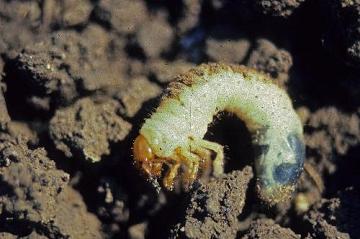
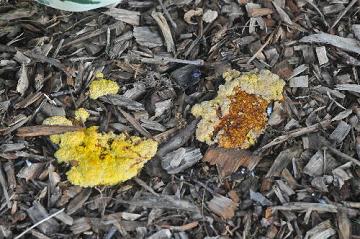
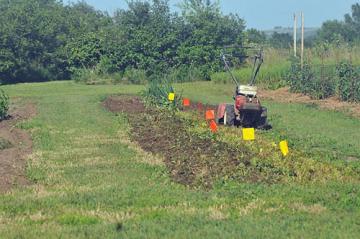
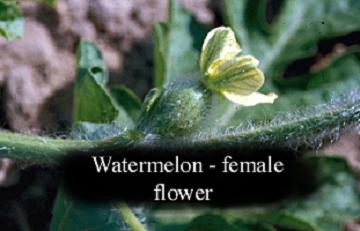
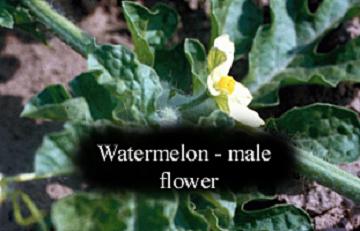
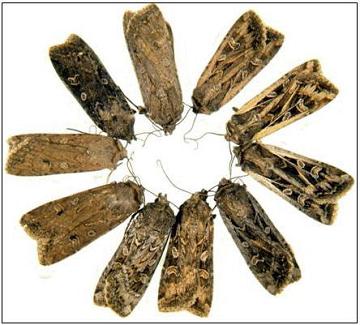
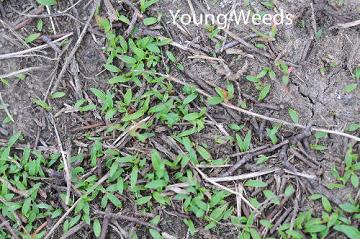
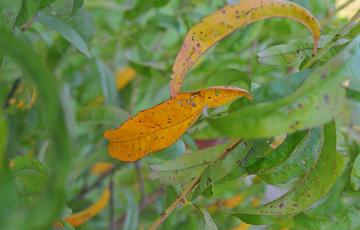
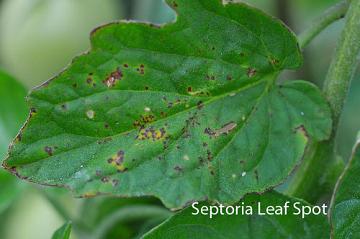
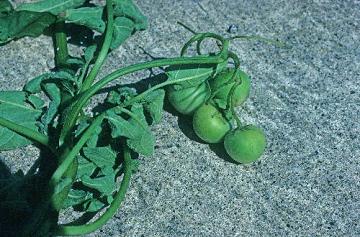
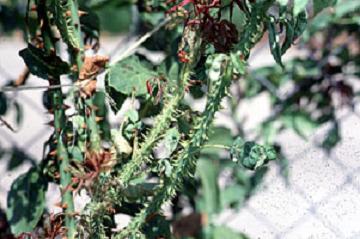

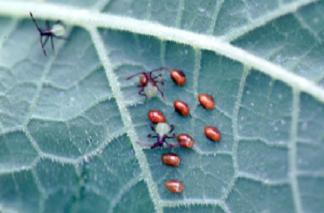
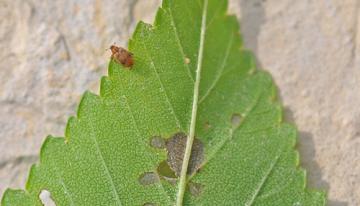
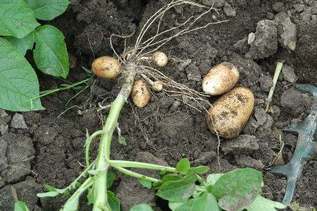
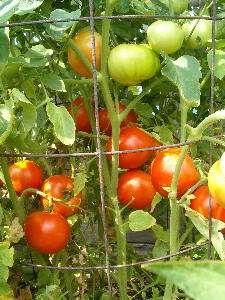
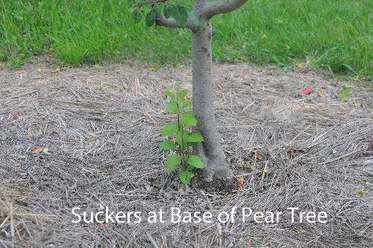


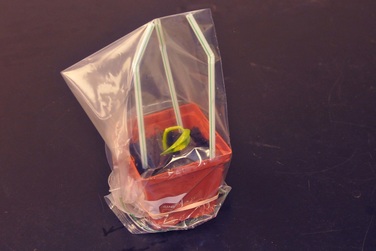
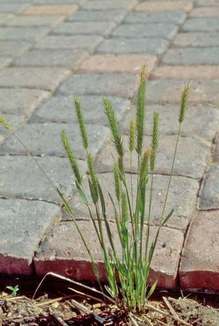
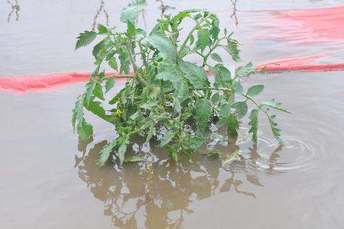
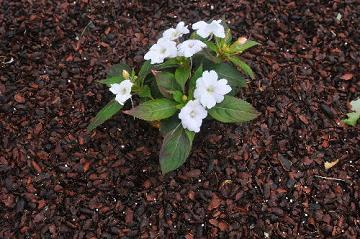
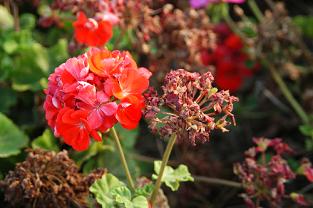
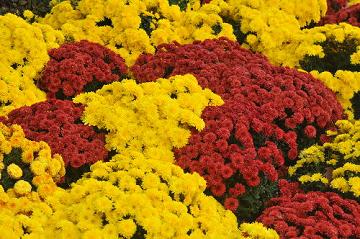
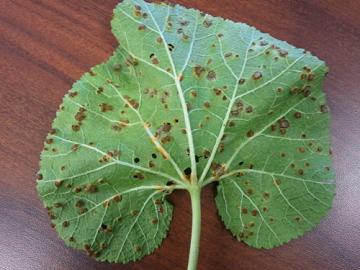
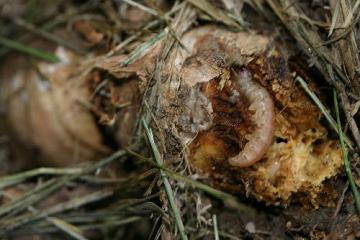
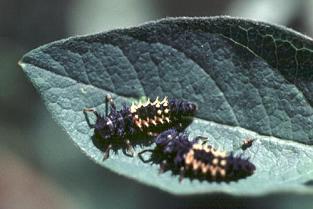
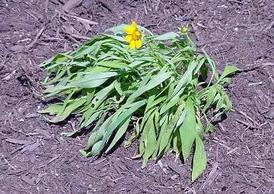
 RSS Feed
RSS Feed
